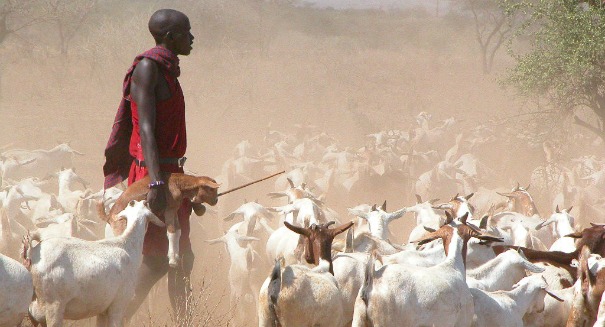
The route that herders from 2,000 years ago took to southern Africa took scientists by surprise: it was through areas thought impassable due to an infestation of deadly tsetse flies.
Researchers at the University of Utah have found that herders from northern Africa thousands of years ago would have traveled past Kenya’s Lake Victoria through grassy terrain, not in tsetse fly-invested bushlands as scientists had previously thought.
Scientists were able to make this discovery by examining the tooth enamel on 2,000-year-old livestock, which showed that they were eating plenty of grass in the Lake Victoria Basin, according to a Phys.org report.
Kendra Chritz, one of the authors of the study, which was published in the journal Proceedings of the National Academy of Sciences, said that the findings indicate that Lake Victoria could have been an area that herders frequently passed through while migrating to the south, according to the report.
Scientists have long puzzled over the southward migration of these herders, but the new genetic evidence supports the theory that people migrated from east Africa to southern Africa, although the route has been debated. Lake Victoria had been ruled out initially because it had bushy environment filled with tsetse flies that would have served as a natural barrier, preventing humans from passing through the disease-ridden region.
Tsetse flies are particularly problematic as they are large biting flies that frequently carry diseases, and thrive in mid-continental Africa between the Sahara and Kalahari deserts. They feed on the blood of vertebrate animals.
The information is important because scientists are studying the transformation of African societies from herders to hunter-gatherers, which “led to modern human society,” Chritz said.
By understanding how humans were able to make this transition, scientists could better understand how mankind eventually moved on to constructing cities and creating political systems. Studying herders gives scientists some ideas on how we changed from relying on the natural world around us to being more proactive about survival and controlling for environmental uncertainties.
Leave a Reply